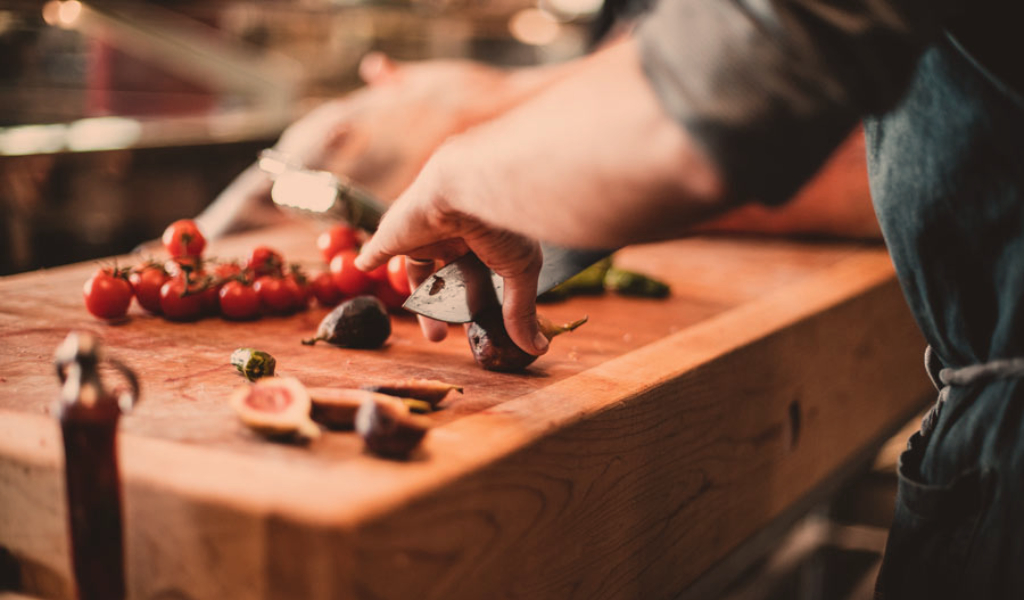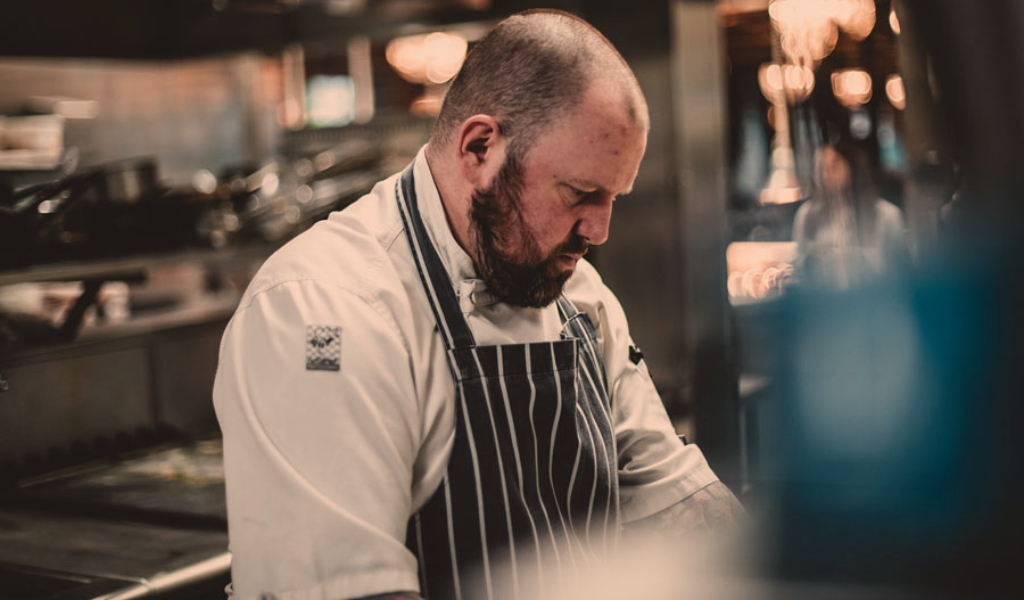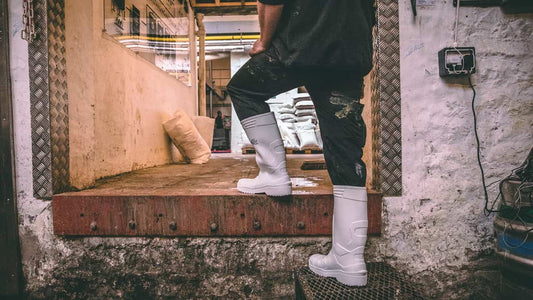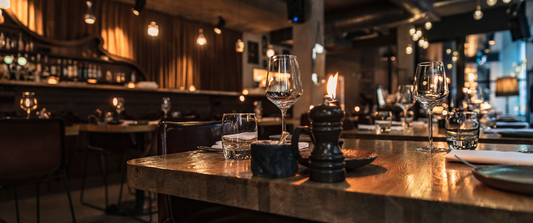Learning the ways of a chef's knife is perhaps one of the finest arts every chef has to master. Your knife skills can make you stand out from the newbies and prove you're on the path to becoming a head chef.
Along with knowing the recipes, cooking techniques and what chefs should wear for work, every chef is expected to learn and master the many different cutting techniques. From the Julienne to the Batonnet, there is a lot of pressure for chefs to learn the cuts, chops, slices and dices. We've collected the most important techniques chefs need to learn to excel in their job and improve their skills.

Do you want to show off your skills? Here are the cutting techniques every chef should know:
Cross Chop
The Cross Chop is regularly used if you need to quickly chop, without having to worry about presentation. Small vegetables or herbs are the best ingredients to use when cross chopping.

Holding the handle of the knife with one hand, put the palm of your hand on top of the blade (this helps you guide and control the chopping pace). Keep the tip of the blade down whilst you lift the handle of the blade to chop. As your hands are out of the way, they're safe.
Rock Chop
Similar to the cross chop, hold the handle of the blade and keep the tip of the knife down on the board. But with the rock chop, you use your other hand to move the ingredient. As you chop, you will be keeping the blade still whilst you push the vegetable forward.
Remember to curl your fingers to keep them safe from the blade.
Julienne Cut
The Julienne Cut is a very fine cut where the thickness of each slice is between 1-2mm. Very fine indeed! After cutting the vegetables into thin rectangular cuts, the fine slice technique is used again to create thin match stick shapes.

Also known as Julienning, this cut is regularly used for carrots, celery or you can create Julienne Fries from potatoes. After mastering Julienning you can prepare your ingredients finely and neatly.
The Julienne is one of the most important cutting techniques every chef should know as it's popularly used and it's the initial step for other types of cuts.
Brunoise Dice
The Brunoise technique is an additional step after you have completed Julienning your ingredients. Once your ingredients have been julienned, you then dice again to create small cubes.

Ideally the cube size should be 2mm x 2mm x 2mm. The Brunoise Dice is the smallest dicing cut and is popularly used for soups. If you have mastered the Julienne, you can master the Brunoise!
Small Dice
The name of this cut is slightly deceiving as it's a slighter larger cut than the Brunoise Dice. At 3mm x 3mm x 3mm, the Small Dice technique begins by Julienning the ingredients and then dicing into slightly bigger cubes than the Brunoise. Although there is only a minor difference between the Small and the Brunoise, it's important to get them right. Just always remember the Brunoise is the 'smaller' cut.
The Batonnet
The clue is in the name. The Batonnet technique is used to cut baton shape vegetables (for example, like chips). Think of the Batonnet as a chucky chip type of cut.

The dimensions you should be heading for is 6mm x 6mm x 6mm. It's important to stick to this size and then your cuts will have continuity and look professional.
The Baton
Just because they like to be confusing. Whilst Batonnets create cuboid shape ingredients, the Baton is used to create large dices. Cut at 12mm x 12mm x 6cm, the Baton is not regularly used but it's a good technique to have up your sleeve.
Pont-Neuf
The Pont-Neuf is only related to cutting potatoes. After the potatoes have been skinned and washed, cut your potatoes to 2cm x 7cm to create chunky chip shapes.
Every chef should learn and become experts of these cutting techniques. If you're a new chef, you only need to practice to be able to become a professional chef.
How are your work shoes?
It's important that chefs have the correct footwear for work. Slip-resistant chef shoes are designed to greatly reduce the chance of you suffering a slip or fall at work.
At Shoes For Crews (Europe) Ltd. our slip-resistant chef shoes have incredible grip on slippery floors - in fact, they exceed industry expectations. Visit our shop to see all our styles:
What type of chef do you want to be?
We understand there are many different chef jobs - it can be hard to create a career path when you don't know what jobs and positions are available. That's why we've created this in-depth guide on all the chef jobs in the industry. It lists the responsibilities of each chef, salary expectations, experience desired, and much more. Download your free copy to start planning your future career.
Here are some of the most important cutting techniques every chef should know. Do you think we are missing any other important techniques? Tell us in the comments below.








